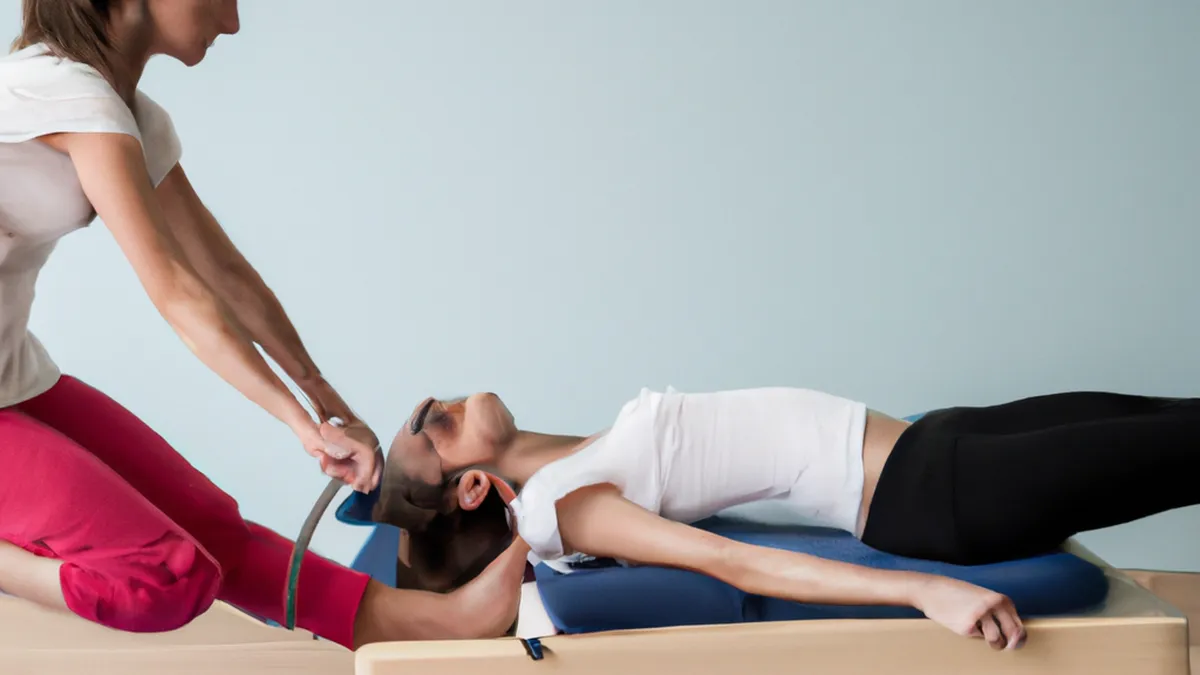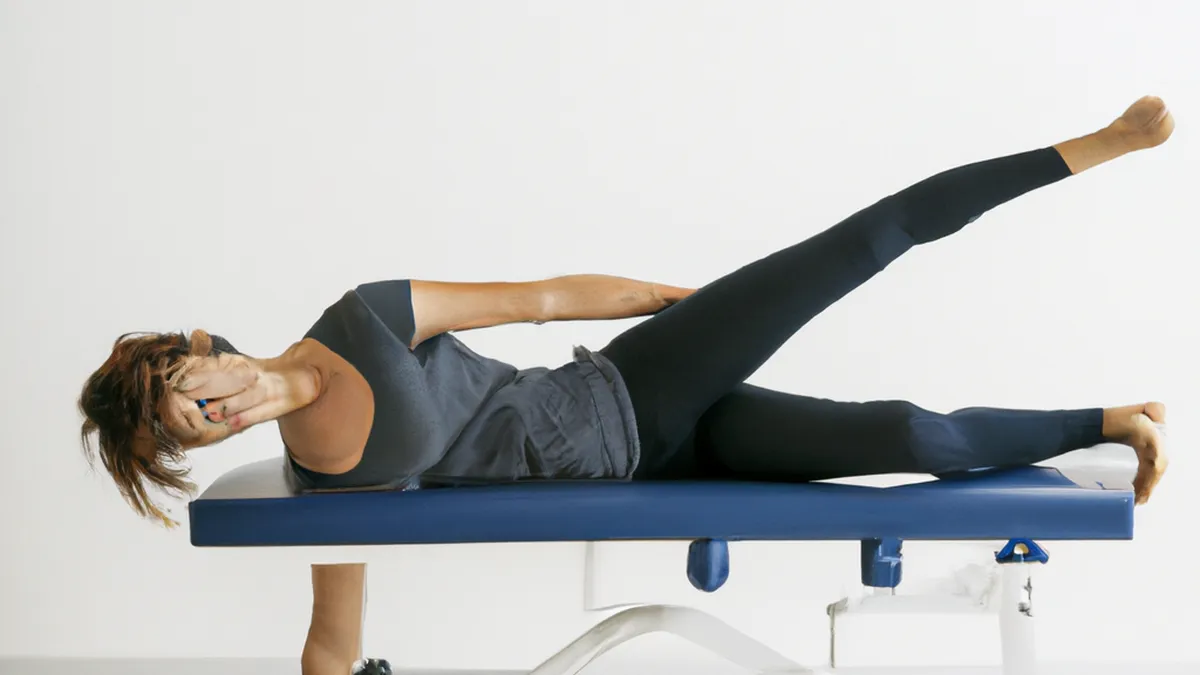Synchronizing Breath and Movement in Pilates
The Importance of Breath Control in Pilates Movements
As an Amazon Associate I earn from qualifying purchases.
Gear tip: consider foam roller, lacrosse ball and massage gun to support this workout.
Pilates combines physical strength, flexibility, and mental focus. Breath control plays a crucial role in Pilates. Mastering your breath enhances your practice and improves overall wellness. This blog explores breath control’s significance, offers practical tips, and outlines its benefits.
Understanding Breath Control
Breath control involves using your breath intentionally during Pilates. Proper breathing techniques engage your core effectively, stabilizing your body during exercises. Pilates focuses on lateral breathing, which expands your ribcage while keeping your abdominal muscles engaged. This differs from traditional techniques that emphasize belly breathing.
How Breath Affects Movement
Breath guides your movements. Inhaling prepares your body for the next action, ensuring smooth transitions. Exhaling helps engage and stabilize your muscles, promoting better control. This rhythm creates a fluid practice and enhances your awareness of body movement patterns.
The Role of Breath in Core Engagement
The core is central to most Pilates movements. Breath control effectively engages the core. Exhaling activates your transverse abdominis, providing natural support around your midsection. This engagement enhances spine stability and strength during exercises.
Tips for Effective Breath Control
To maximize breath control in Pilates, follow these tips:
1. **Start with Awareness**: Focus on your breath at the beginning. Observe your breathing pattern. Are you breathing deeply or shallowly? This awareness initiates your mastery of breath control.
2. **Inhale Through the Nose**: Inhale deeply through your nose. This method fills your lungs and promotes relaxation. Nose breathing activates the diaphragm, crucial for effective breath control.
3. **Exhale Through the Mouth**: Exhale slowly through your mouth. This action engages your core and stabilizes your spine. Make your exhale longer than your inhale for maximum core engagement.
4. **Synchronize Breath with Movement**: Coordinate your breath with actions. Inhale to prepare, exhale to exert force. For example, inhale while lengthening your spine and exhale when curling into a roll-up. This technique enhances focus and performance.
5. **Practice Diaphragmatic Breathing**: Diaphragmatic breathing increases breath control.
Conclusion
Breath control significantly impacts your Pilates practice. Focusing on breath enhances movement, core engagement, and overall wellness.
Below are related products based on this post:
FAQ
Why is breath control important in Pilates?
Breath control is crucial in Pilates as it enhances movement, engages the core effectively, and stabilizes the body during exercises. Proper breathing techniques not only improve the quality of the practice but also contribute to overall wellness by promoting relaxation and focus.
What techniques can help improve breath control during Pilates?
To improve breath control in Pilates, you can start by becoming aware of your breathing pattern, inhaling deeply through the nose to fill your lungs, and exhaling slowly through the mouth to engage your core. Additionally, synchronizing your breath with movements and practicing diaphragmatic breathing can further enhance your breath control.
How does breath control affect core engagement in Pilates?
Breath control significantly affects core engagement in Pilates. Exhaling activates the transverse abdominis, providing natural support around the midsection, which enhances spine stability and strength during exercises. Proper breath coordination helps maintain this engagement throughout the practice.















Post Comment